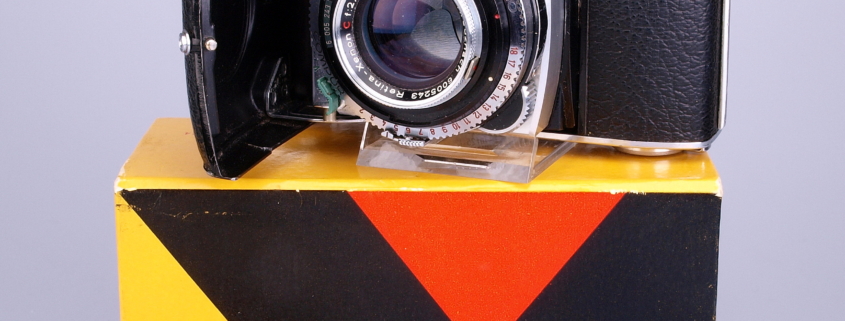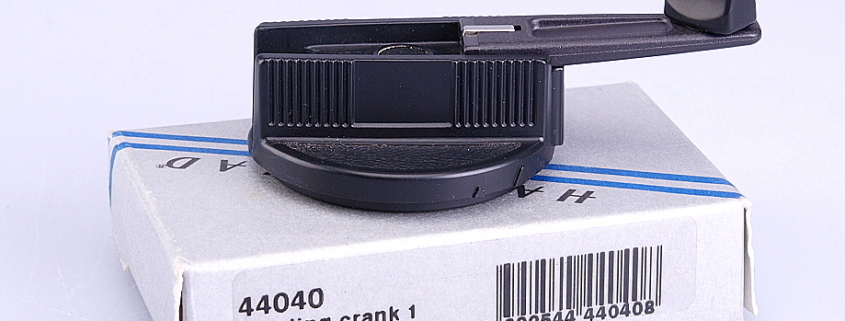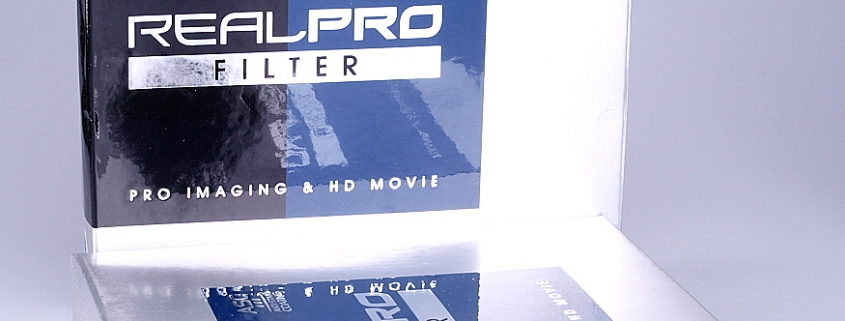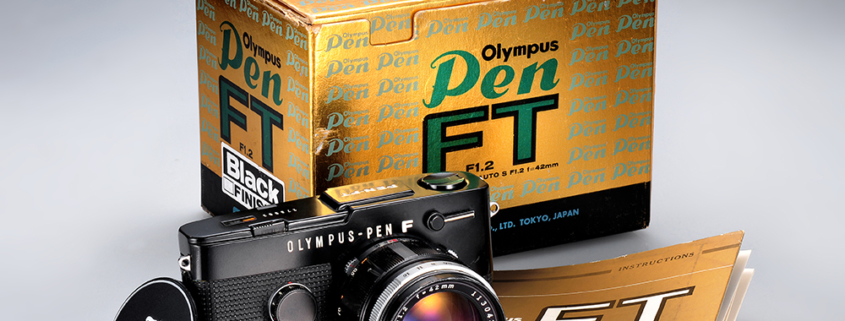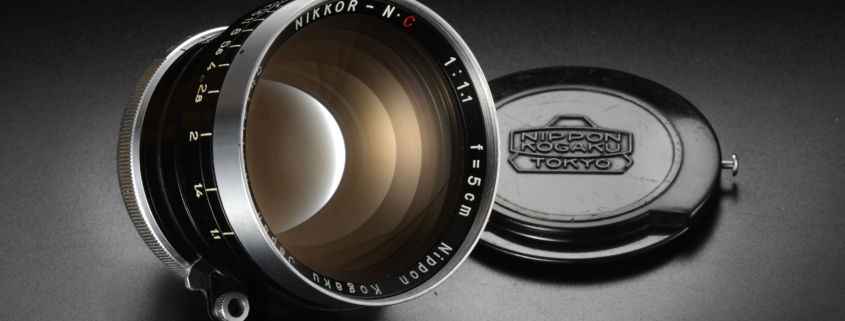Contarex a legendairy camera system. Made by Zeiss Ikon .
At the time Contarex camera’s where a legend They where the most progressive and remarkable cameras available. No other camera was so well built and bulky , the finish was perfect.It was the biggest , heaviest and most lavish camera kind ever bult. The camera was built-up from 1100 parts and weighted 740 grams. There range of well built lenses and accessories is large. But due to there costs not for everyone. Zeiss Ikon made some beautiful lenses and even now adays many of the are in super condition. They made in 15 years about 55.000 camera’s and 120.000 lenses ranging from 15mm to 100mm and also 2 zoom lenses. In there range they made some Macro/micro Luminar lenses that are also perfect lenses. So a outstanding range for collectors of quality German camera’s.

